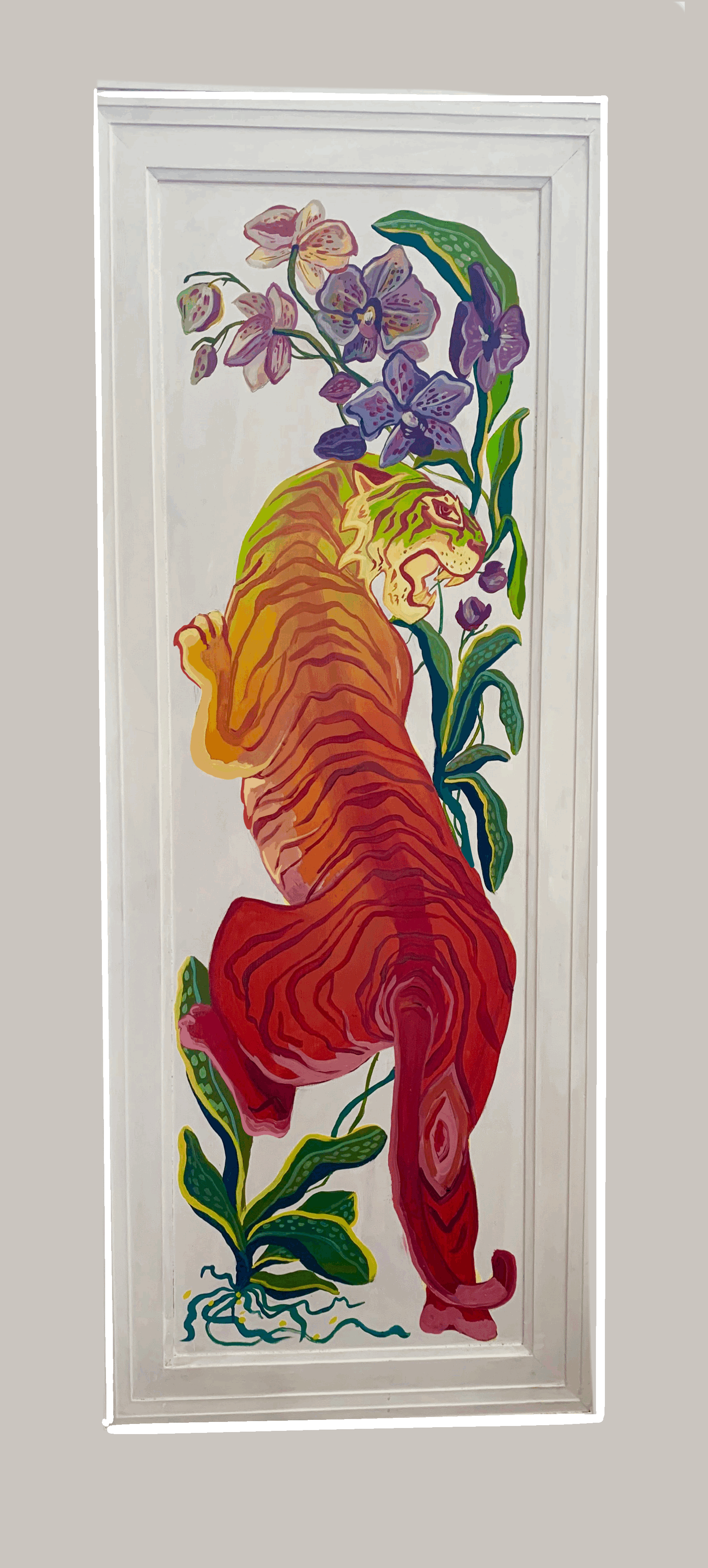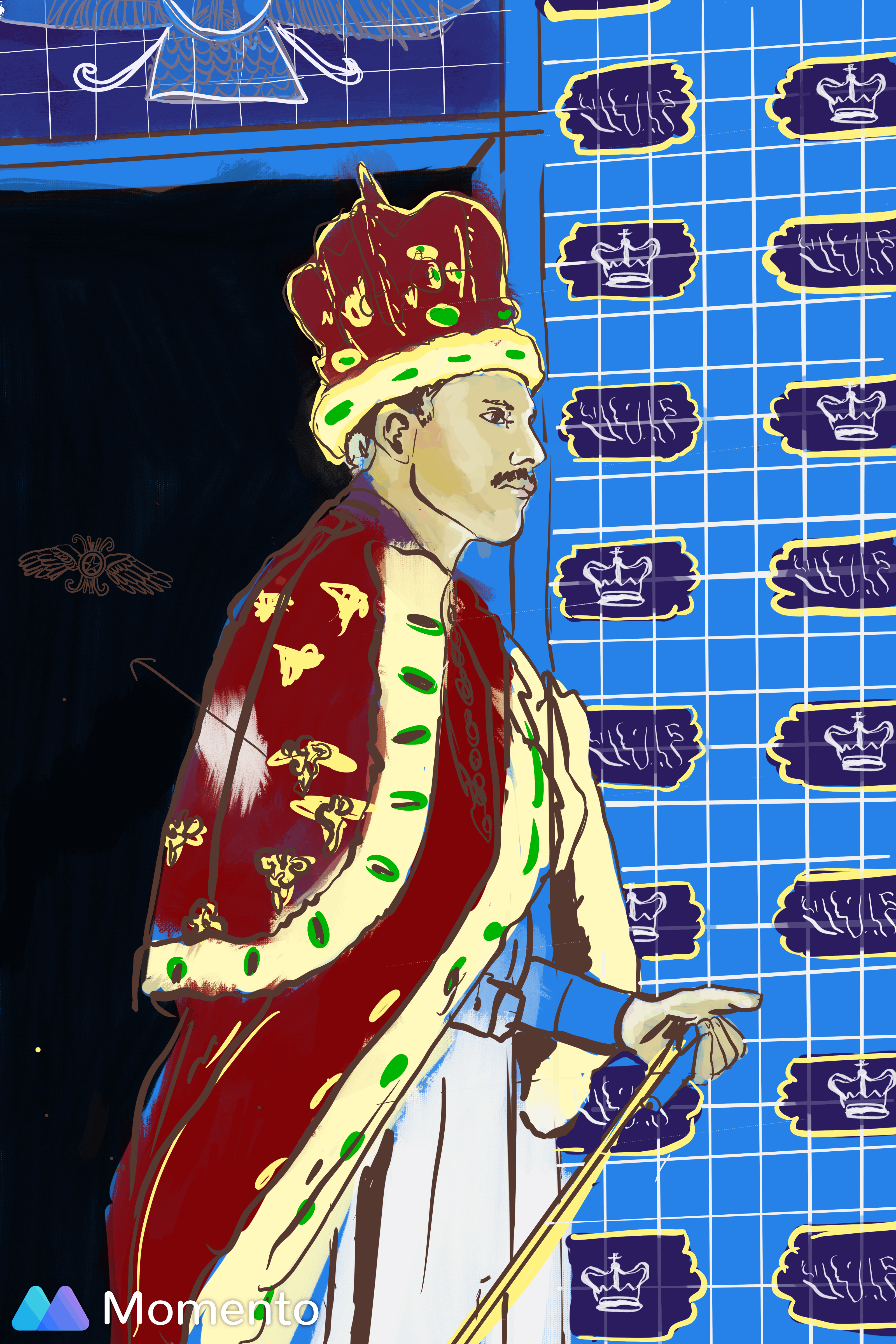
I’m from the edges of the map
the edges of the Pacific
I’m from the edges of the room
the outside looking in
I’m from Southeast Asia
unless you mean my nationality
I’m from the U.S.
unless you mean where my heart is
I’m not from here
wherever “here” is
Volume 01: Identity

"Going from Chinese public school to new England boarding school was tough, with identity crisis' and social frustrations. College has been significant in making peace with both parts of my cultural identity - with what grounds me, and what commands my values - and above all else to be my own individual."
"International students are subject to the problematic assumption that they fall under the same cultural categories as Americans of different races or stereotypes of their own ethnicities."


"but where are you
really from?"
Crazy Rich Asians |
When Eleanor arrives, she takes the open seat across from Rachel and is offered the role of dealer — the “East” seat. The four seats in mahjong are named after the compass directions, which plays an important role both in the rules of the game and in the symbolism of the scene. Eleanor, in the role of the “East,” representing Asia, is the player in control. Rachel, sitting across from her, represents America — the “West.”

farrokh mercury
"Mercury’s original name is Farrokh Bulsara and he was born in Zanzibar, Tanzania to Indian Parsi parents on September 5, 1946. Mercury spent a huge part of his childhood in India and at age seven began taking piano lessons. Mercury faced his first internal conflict about his identity and alienation when he was sent to a boarding to school at Bombay, India. He was made fun of as Buckie because of his front teeth and also made fun of because of his light skin color. At the age of 17, Mercury moved to England and there he was being ridiculed for his Indian English."
what's below the tip of the iceberg?
“Anthropologist Gary Weaver suggested looking at culture as a kind of iceberg: one portion is clearly visible above the surface of the water, while the much larger chunk of ice is hidden below. The part above the water can be considered surface culture––what we can physically see or hear, including behavior, words, customs, language, and traditions. Underneath the water, invisible to all, is the deep culture. This place includes our beliefs, values, assumptions, worldview, and thought processes.”
- David C. Pollock, Third Culture Kids: Growing Up Among Worlds


.png)